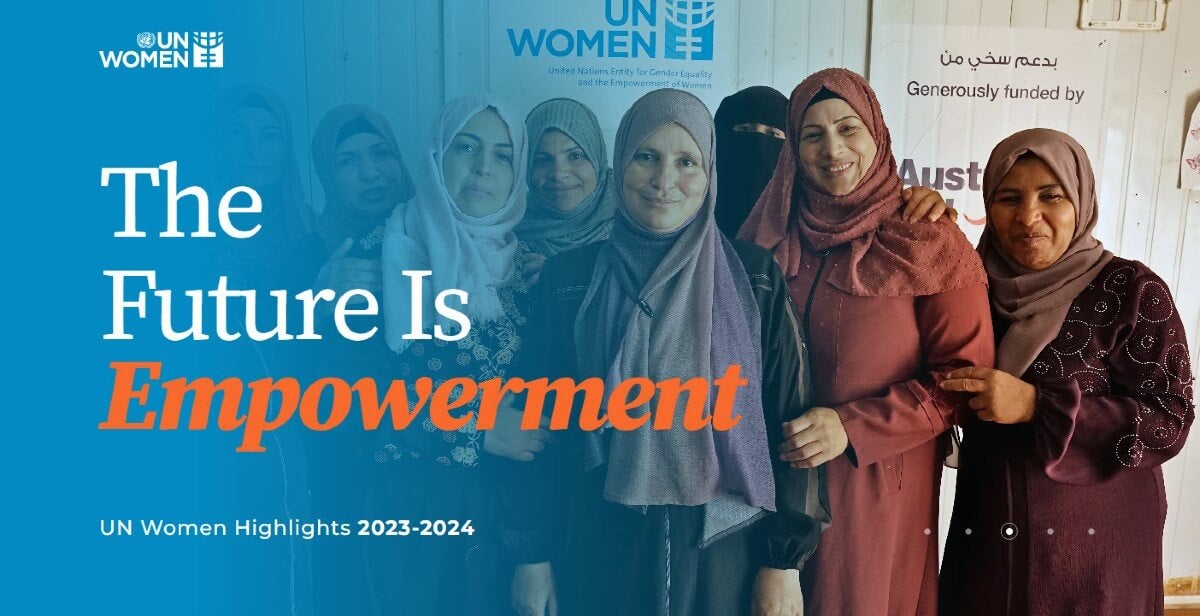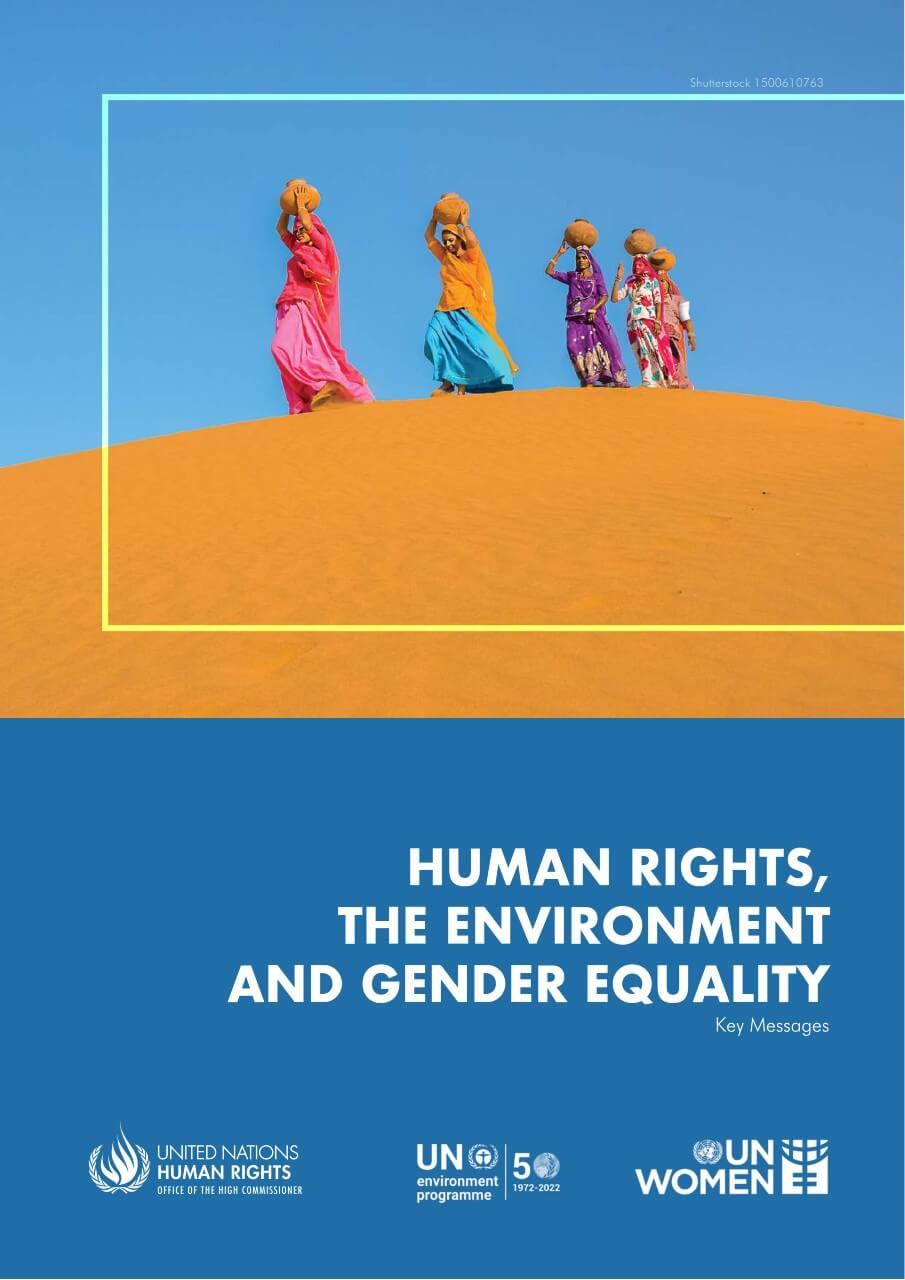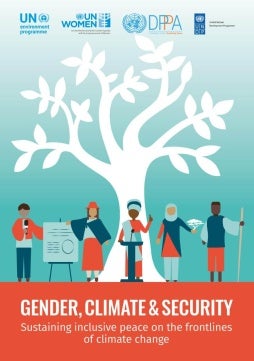Human rights, the environment, and gender equality: Key messages
Climate change, biodiversity and habitat loss, and pollution threaten to destroy lives, economies, and entire cultures and societies. These devastating and interlocking environmental emergencies harm human rights, including the rights to life, health, food, water and sanitation, culture, self-determination, and many others, with differential effects on the basis of gender.
Entrenched and systemic gender-based discrimination and violence against women, stereotypes, resource limitations, differing nutritional needs over the life course, especially during, infancy, childhood, pregnancy, and childbirth, and differing levels of exposure to pollution and hazardous substances, among other factors, can intensify the negative human rights impacts of environmental degradation including climate change.
However, even while experiencing differential and disproportionate impacts of environmental harms, many women are leaders in environmental action—as managers of resources and advocates of sustainable lifestyles—and staunch defenders of land, water, nature, and communities.
States, businesses, international organizations, and other actors have obligations and responsibilities under both international human rights law and international environmental law, as well as international policy commitments, to address environmental crises.
In addressing these crises, they must also prevent their negative, gendered impacts on enjoyment of human rights, and ensure that actions to address environmental degradation are gender-responsive, equitable, non-retrogressive, non-discriminatory, and sustainable.
These messages, developed jointly by the Office of the United Nations High Commissioner for Human Rights, United Nations Environment Programme, and UN Women, highlight the key human rights obligations and responsibilities of States and/or other actors with respect to gender and the environment.










